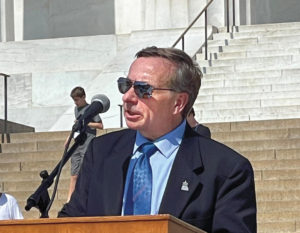 One year ago today I was the master of ceremonies for the centennial anniversary of the dedication of the Lincoln Memorial. What an experience it was.
One year ago today I was the master of ceremonies for the centennial anniversary of the dedication of the Lincoln Memorial. What an experience it was.
Two recent posts on Lincolnian.org (the website of the Lincoln Group of DC, of which I am president) recounted highlights from the program. My reminiscences noted that the program was a year in the making, with me as the lead organizer but several others in the Lincoln Group using their contacts to help get some of the key participants. We were able to get the services of some of well-known Lincoln scholars, historically important speakers, a fantastic singer to highlight the evolving role of the Memorial from one of reconciliation to a symbol of the rights of all Americans, a famous actor to recite the dedicatory poem and Lincoln’s two most famous speeches, and even “The President’s Own” Marine Band.
Wendy Swanson’s newest post recalls the Lincoln Memorial Centennial as “A Shining Moment,” both for the Memorial and the Lincoln Group of DC. Whereas the sole African American participant’s speech was censored at the Jim Crow-era dedication in 1922…:
“the theme of the 2022 offering – “Building on Lincoln’s Vision of Unity and Equality” – clearly proclaimed that this event would be different. In 2022 Lincoln would be celebrated both as a unifier and as an emancipator. It was fitting and proper to do so – after all, over the years Lincoln’s Memorial has become not only a tribute to the man himself but also a symbol of social justice and equality for all.”
She noted that:
“The program executed that theme beautifully – a mixture of history, music, and inspiration but also of “calls to action.” Moreover, unlike in 1922, those gathered that morning – both the speakers and the attendees – reflected the face and diversity of America.”
In my reminiscences, I noted that:
“By all metrics, the Lincoln Memorial Centennial event was a wonderful success. We managed to pay homage to the original dedication while also correcting some of the deficiencies of that day. We also captured the continuing evolution and growth of the Memorial’s meaning to all Americans. I believe we honored Abraham Lincoln with our program and demonstrated how the Memorial will continue to be a focal point for both memory and change. It seemed altogether fitting and proper that at the end of the formal ceremonies, we invited all of those present – speakers, organizers, park rangers, audience members, and random visitors – to join us on the steps of the Lincoln Memorial for a grand photo, which can be seen on our website.”

Looking back, the Centennial program was a lot of work on the part of many people. But it was a program that I’ll forever be proud of for how we captured the continuing and evolving meaning of the Memorial both for Lincoln’s memory and the future of all Americans.
[All photos: Bruce Guthrie]

Lincoln: The Fire of Genius: How Abraham Lincoln’s Commitment to Science and Technology Helped Modernize America is available at booksellers nationwide.
Limited signed copies are available via this website. The book also listed on Goodreads, the database where I keep track of my reading. Click on the “Want to Read” button to put it on your reading list. Please leave a review on Goodreads and Amazon if you like the book.
You also follow my author page on Facebook.
David J. Kent is President of the Lincoln Group of DC and the author of Lincoln: The Fire of Genius: How Abraham Lincoln’s Commitment to Science and Technology Helped Modernize America and Lincoln: The Man Who Saved America.
His previous books include Tesla: The Wizard of Electricity and Edison: The Inventor of the Modern World and two specialty e-books: Nikola Tesla: Renewable Energy Ahead of Its Time and Abraham Lincoln and Nikola Tesla: Connected by Fate.















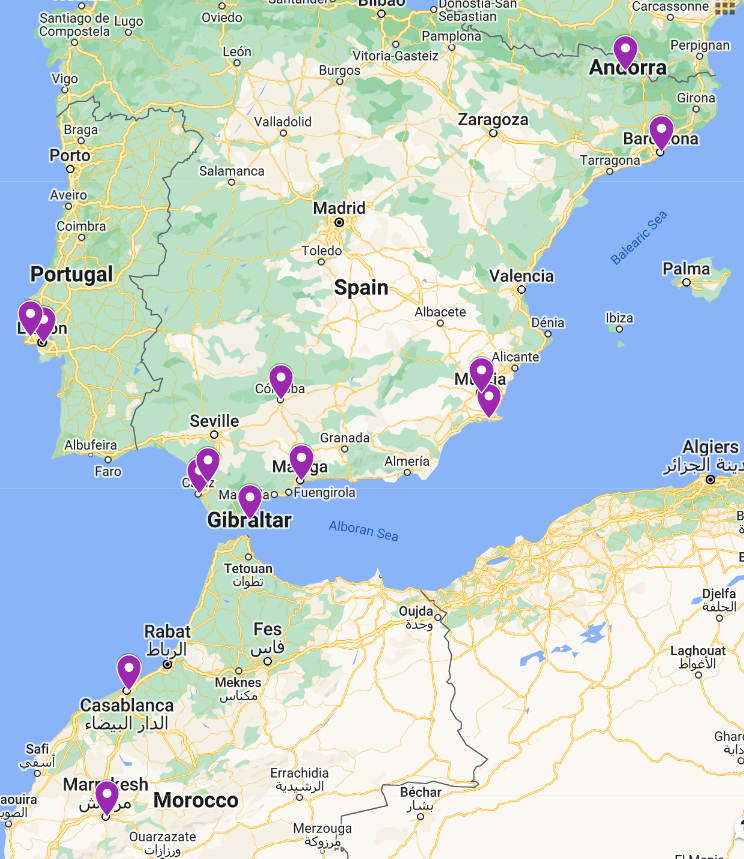
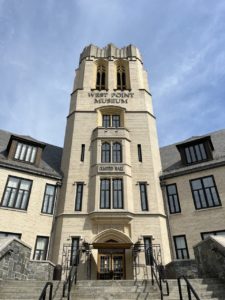 Abraham Lincoln made a secret trip to West Point in 1862. My recent trip to West Point was not so secret, and I also picked up and award in Lincoln’s legacy. I have the Lincoln Society of Peekskill to thank for both.
Abraham Lincoln made a secret trip to West Point in 1862. My recent trip to West Point was not so secret, and I also picked up and award in Lincoln’s legacy. I have the Lincoln Society of Peekskill to thank for both.

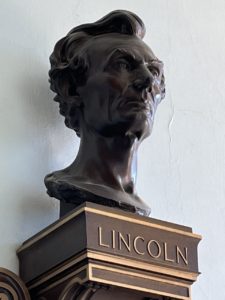 Abraham Lincoln famously had less than one year of formal schooling, but you can find him now at both Harvard and Yale.
Abraham Lincoln famously had less than one year of formal schooling, but you can find him now at both Harvard and Yale.



 Several days before my visit to Harvard I was on the Yale campus. Lincoln had given a speech in 1860 in Union Hall. The hall no longer stands (the High School in a Community is now in its place) but there is a memory of Lincoln on the green at Yale. There, at least up until recently, stood a majestic Oak deemed the “Lincoln Memorial Oak” that had stood for ages. In late 2012 the stately old tree was toppled by Superstorm Sandy,
Several days before my visit to Harvard I was on the Yale campus. Lincoln had given a speech in 1860 in Union Hall. The hall no longer stands (the High School in a Community is now in its place) but there is a memory of Lincoln on the green at Yale. There, at least up until recently, stood a majestic Oak deemed the “Lincoln Memorial Oak” that had stood for ages. In late 2012 the stately old tree was toppled by Superstorm Sandy, 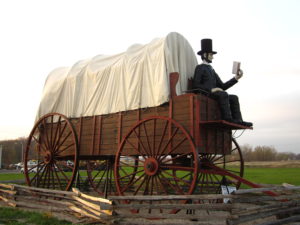 Abraham Lincoln made two trips to New England in his lifetime, and I will soon embark on a road trip of my own to follow in his footsteps. This isn’t my first such trip. Pre-COVID I made several road trips – long solo drives tracing Lincoln’s roots through Kentucky, Indiana, and Illinois, with side trips into Lincoln-related sites in Tennessee, Michigan, Wisconsin, and elsewhere. You can
Abraham Lincoln made two trips to New England in his lifetime, and I will soon embark on a road trip of my own to follow in his footsteps. This isn’t my first such trip. Pre-COVID I made several road trips – long solo drives tracing Lincoln’s roots through Kentucky, Indiana, and Illinois, with side trips into Lincoln-related sites in Tennessee, Michigan, Wisconsin, and elsewhere. You can 
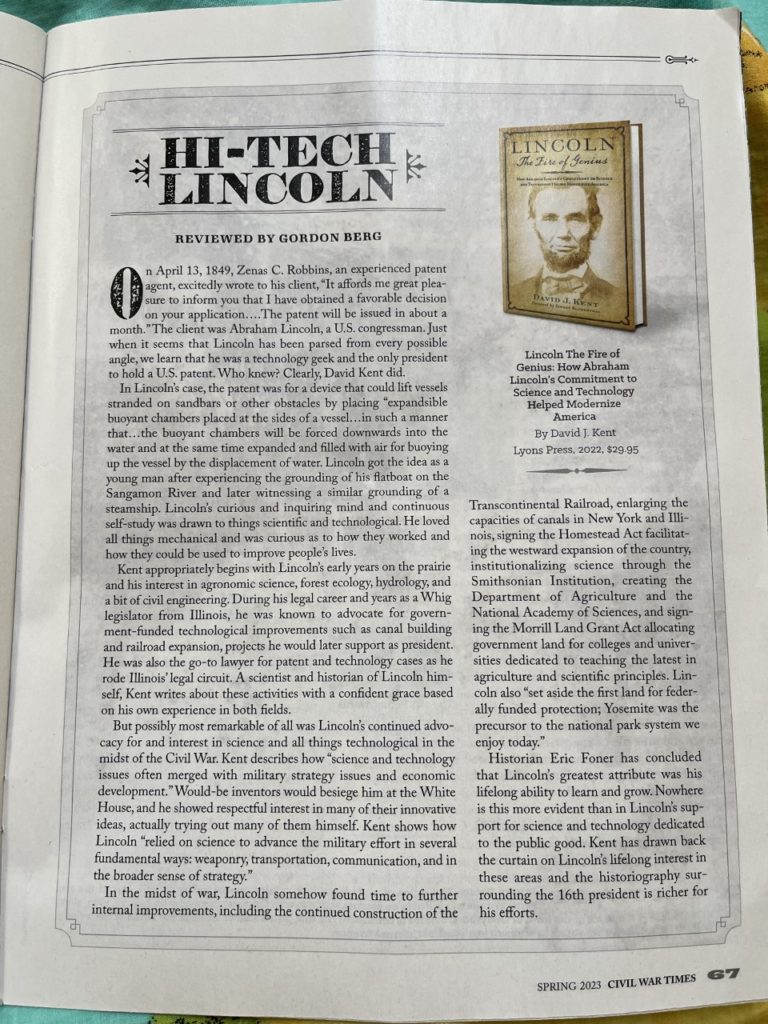
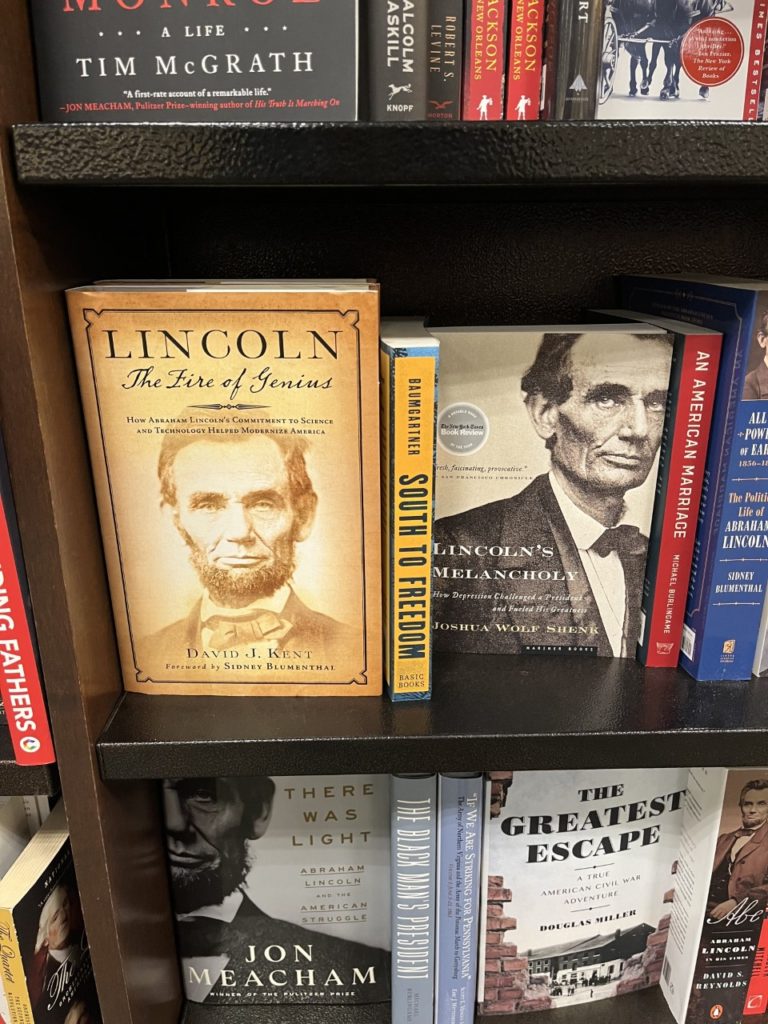

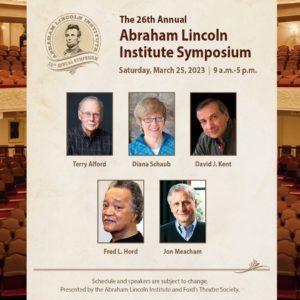 In less than two weeks I’ll be joining Jon Meacham and three other Lincoln scholars on the stage at Ford’s Theatre for the Abraham Lincoln Institute Symposium.
In less than two weeks I’ll be joining Jon Meacham and three other Lincoln scholars on the stage at Ford’s Theatre for the Abraham Lincoln Institute Symposium.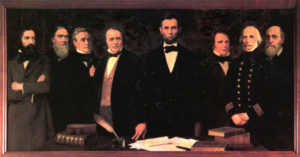 Lincoln sat at his desk in the Executive Mansion on March 3, 1863, and put his signature to the charter creating the National Academy of Sciences, one of many steps Lincoln took to institutionalize science and technology advancement in the federal government. The year 2023 marks the 160th anniversary of that event.
Lincoln sat at his desk in the Executive Mansion on March 3, 1863, and put his signature to the charter creating the National Academy of Sciences, one of many steps Lincoln took to institutionalize science and technology advancement in the federal government. The year 2023 marks the 160th anniversary of that event.






